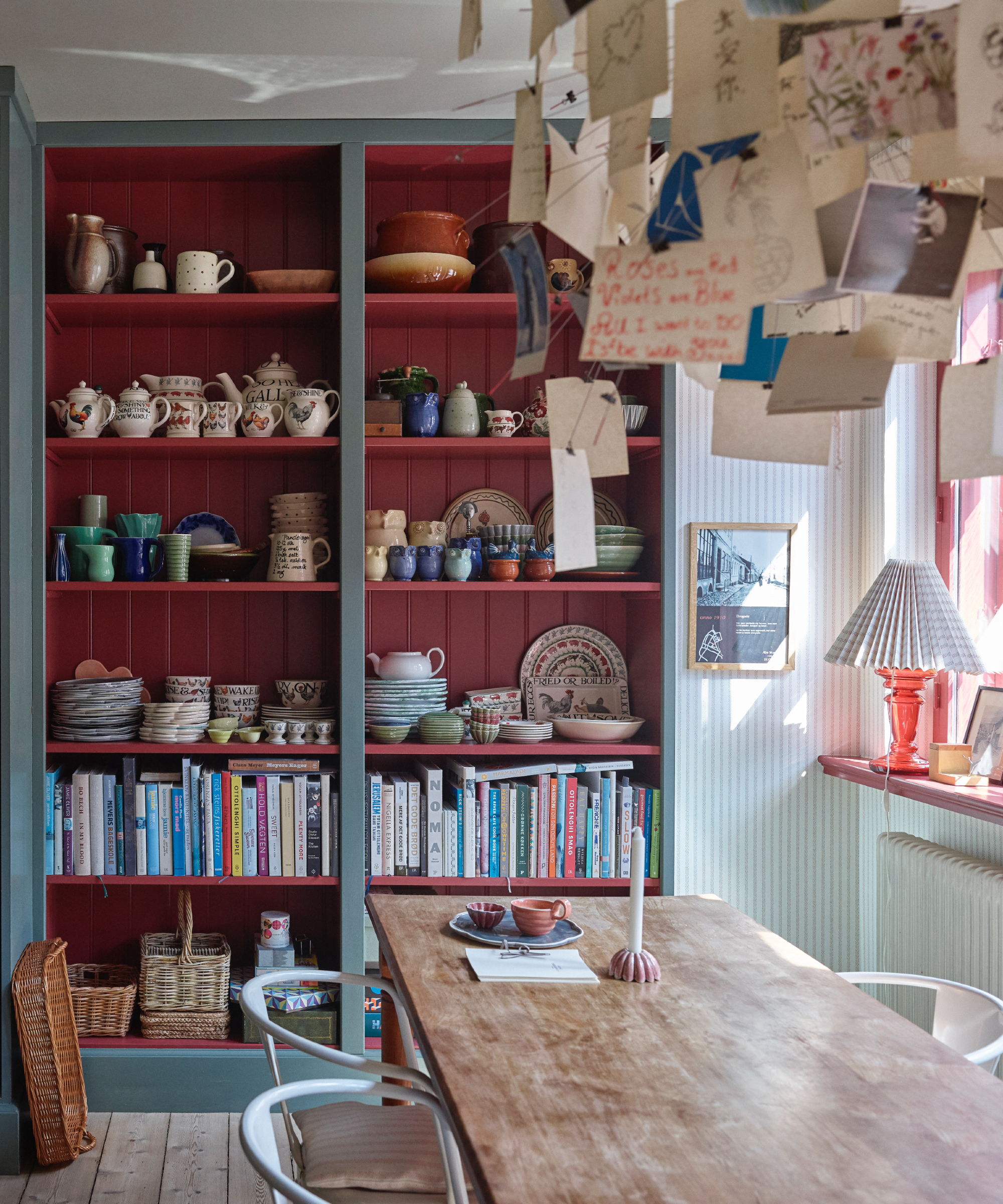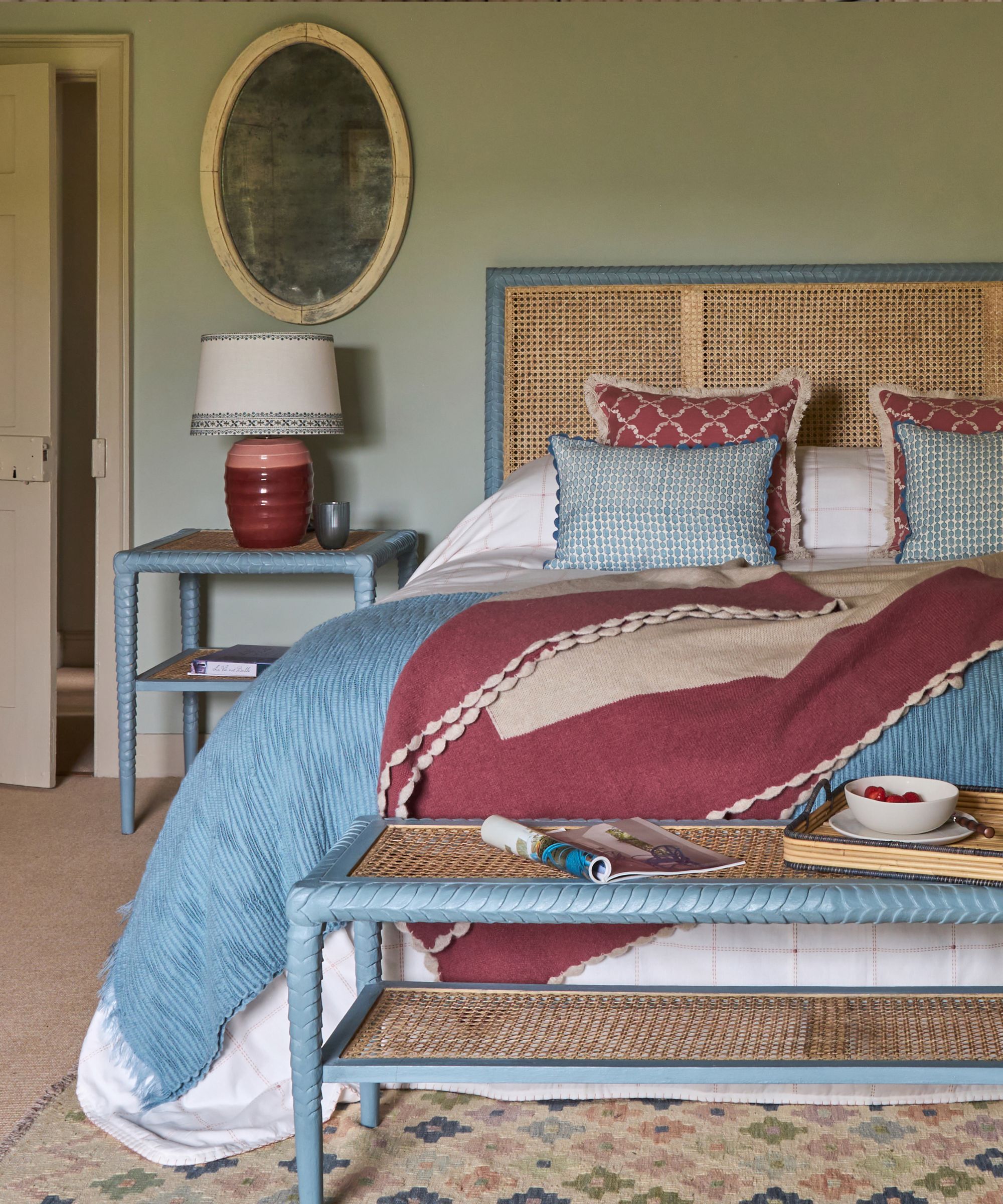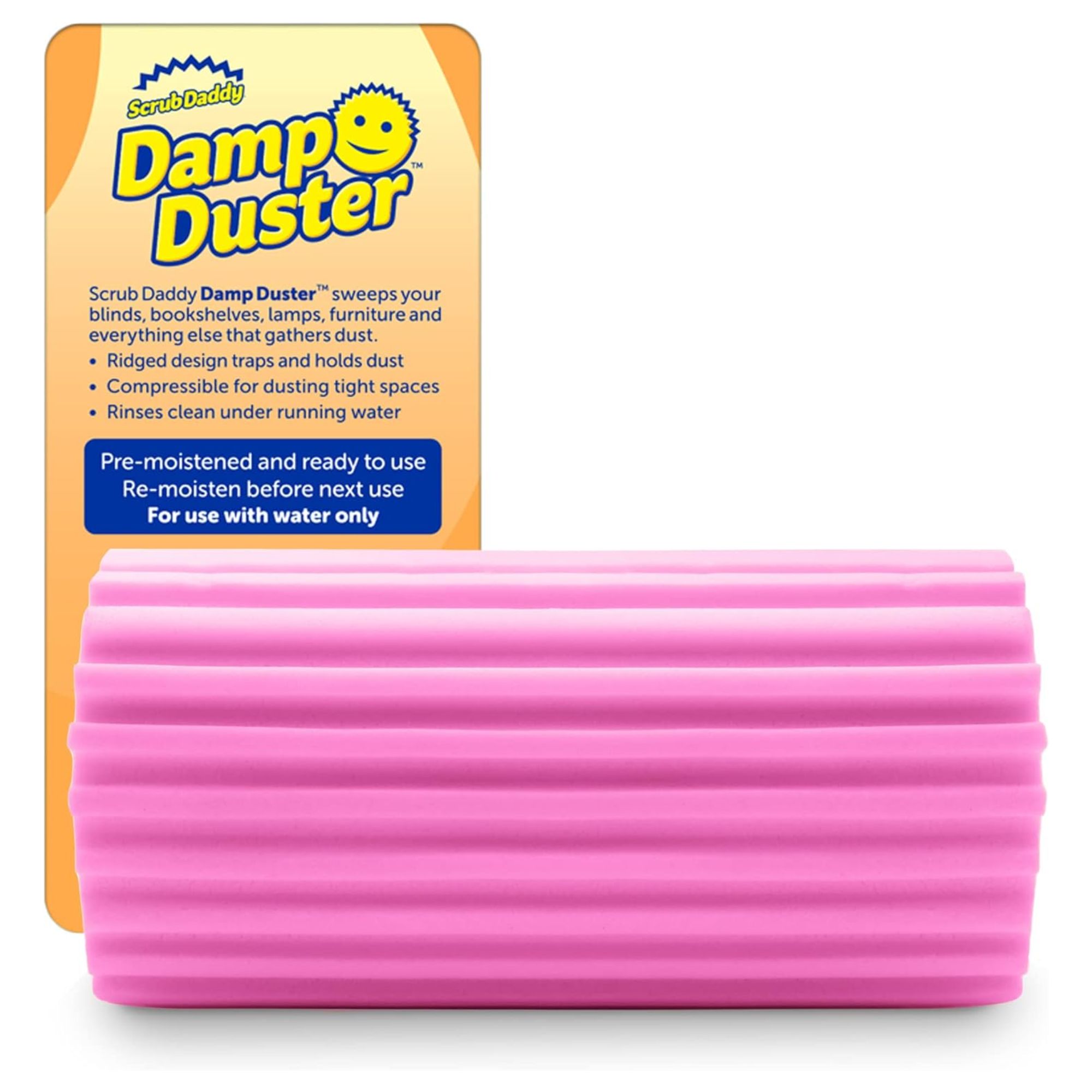
When it comes to cleaning, asides from getting started and actually finding the time to do it, the most overwhelming part can often be consulting a physical or mental checklist and seeing just how much you have to get done – even if you love cleaning.
So, why not try a cleaning method that actively encourages breaks, and champions finding a 'manageable, repeatable rhythm'? After all, sometimes separating things out into smaller chunks is all it takes to turn your space from disorderly to delightful.
Here, we spoke to cleaning pros for their cleaning tips on using the 20/10 cleaning method, to find out just why they love it.
What is the 20/10 cleaning method?
Like most cleaning methods and tricks we know and love, the 20/10 cleaning method is as simple as it sounds.
Galia Ivanova, owner at Cleaning Estimate, explains, 'The method consists of 20 minutes focused cleaning followed by a 10 minute break – making cleaning feel less like a chore and more like a manageable, repeatable rhythm.
'I often turn to this method when tackling my clients’ open-concept living rooms and kitchens, where there’s a lot to do, but you want to avoid feeling drained before you’re even halfway done.'
So, much like the Pomodoro Technique (45 minutes of focused work with a 15 minute break), which is a tidying technique I actually use, this slow cleaning approach breaks cleaning into shorter, concentrated bursts, followed by a pause to allow you to reset before continuing.
'These rest periods help maintain consistent energy and focus, especially useful when you’re dealing with large areas or detailed tasks like dusting intricate shelving or reorganizing kitchen drawers,' adds Ivanova.
This is also a brilliant one for people who are energy limited, or living with chronic health conditions. Head of Solved, Punteha van Terheyden says, 'I have multiple painful and chronic health conditions and I have limited energy, pain tolerance and capacity to stand up and do things. If I were using this method, I'd titrate down the time to suit my capacity. It doesn't have to be 20 minutes of cleaning and 10 minutes of rest. Make it work for you – it's the concept that matters.'
Why does the 20/10 cleaning method work?

It may seem obvious – most things are better with breaks – but why is this particular technique so effective when it comes to cleaning when feeling overwhelmed?
Alex Varela, team manager of Dallas Maids, asserts, 'It works because we usually get too overwhelmed if we don't have a plan or schedule, which backfires because we then take breaks that are too long, or we even quit the task.
'By setting up in advance the times we have for resting and the times we have for working, we avoid burning out, and we also keep momentum and mental energy.'
But, does a clean house make you happier? While the answer is not a definitive yes, many studies have shown that a tidy house really does reflect a tidy mind.
And, when it comes to achieving one, cleaning expert Ivanova says, 'It’s all about achievable goals. Knowing I only have to push through 20 minutes before taking a breather keeps me moving.
'By the time I return from that quick rest, my head is clearer, and I’m ready to tackle the next patch of clutter. It turns what could’ve been an exhausting, hours-long task into something less overwhelming and more sustainable.'
And who doesn't want that?
The best rooms to try the 20/10 cleaning method

If you want to try out the 20/10 method for yourself, cleaning expert Ivanova recommends starting with communal spaces that never seem to stay clean and tidy no matter how much you try. Think living rooms, which Ivanova notes are probably 'scattered with toys, throw blankets, and remotes,' or kitchens, 'where countertops collect everything from today's mail to yesterday's coffee mugs.'
'This method also works wonders in large bathrooms, where multiple surfaces need scrubbing, but you want to avoid feeling trapped by the chore,' she adds.
And, if you struggle with tasks that are emotionally or mentally tiring, such as decluttering a closet or decluttering sentimental items, Varela recommends this method, too. 'I think having breaks in this case is helpful, to keep the energy up instead of quitting halfway,' he says.

There aren't many cleaning tasks where a microfiber cloth doesn't come in handy. These ones are machine washable and tumble-dry safe.

From bedrooms to bathroom, this cruelty-free, vegan, plant-based cleaning spray kills 99.9% of bacteria with a fresh, luxurious scent. Citric acid should be avoided on porous natural stones and surfaces such as marble.

Solved content editor Chiana Dickson recently tried this Damp Duster, and swears by it to remove dust without dread.
How to make the 20/10 cleaning method even more effective

Want to make this cleaning method work for you, and change up your cleaning routine for the better? Write a checklist before getting started, says Ivanova.
'To make this method even more effective, I place each 20-minute block ahead,' she explains. 'For instance, the first block might be all about removing clutter and wiping surfaces (with an all-purpose spray, such as the Stardrops - The Pink Stuff Miracle Multi-Purpose Cleaner available at Amazon).
'In the next session, I focus on vacuuming (with one of the best vacuums) and mopping. Before I start, I gather all the necessary cleaning supplies so I'm not wasting precious minutes searching for a cloth or cleaner.
'As an extra boost, I like to set a cheerful playlist for exactly 20 minutes – when the music stops, I know it's break time,' which is a lovely way to make cleaning fun, too.
Importantly, says Varela, when breaking down your tasks, ensure each has a name and a purpose, such as 'wipe countertops' or 'clean kitchen floors,' rather than a more generic 'clean the kitchen,' for example.
Feeling inspired to get cleaning? Why not try the one-tool cleaning method next, or delve into H&G's Decluttering Library, showcasing the dozens of methods we've personally tried, tested, and loved, all organized by the type of person each will suit the most.







